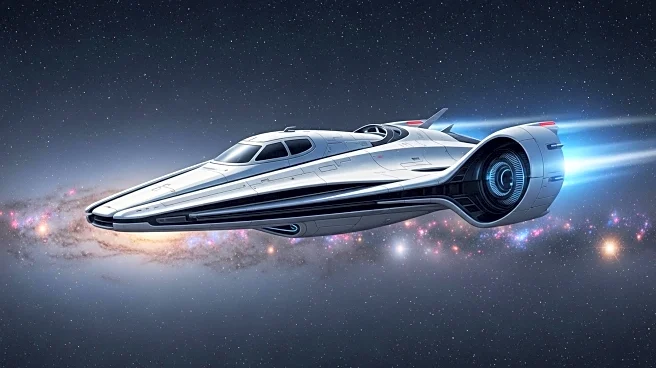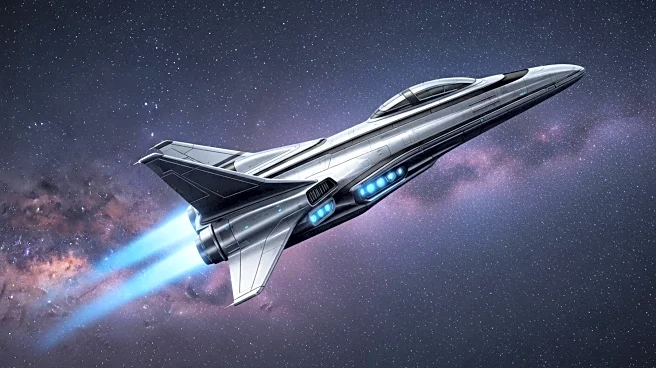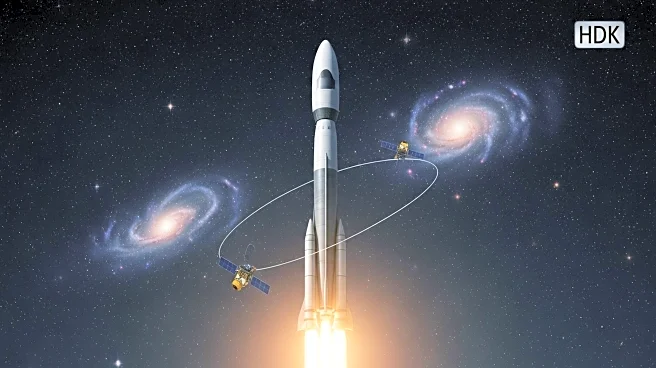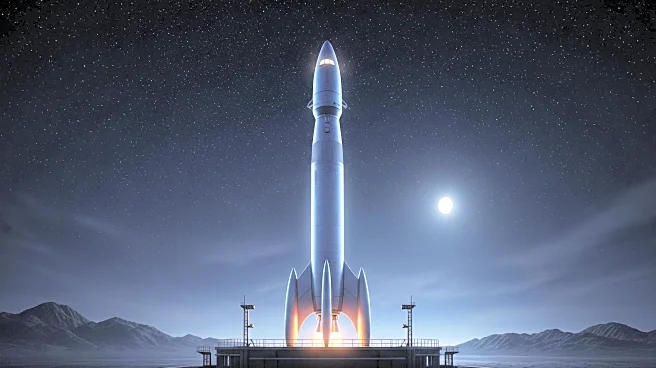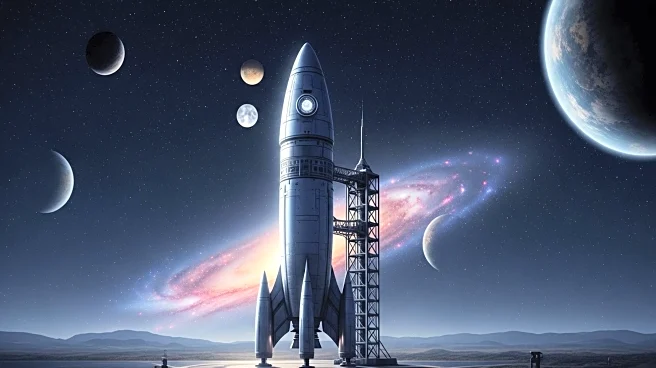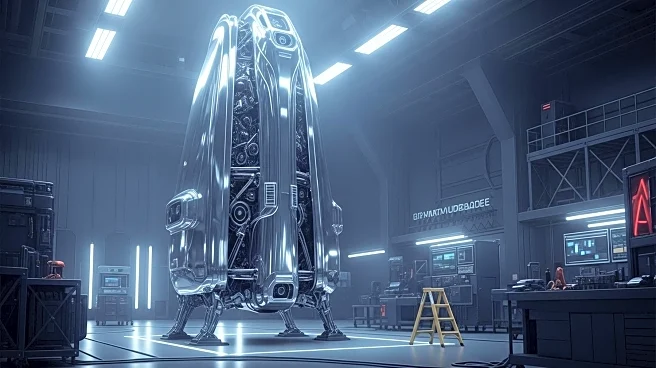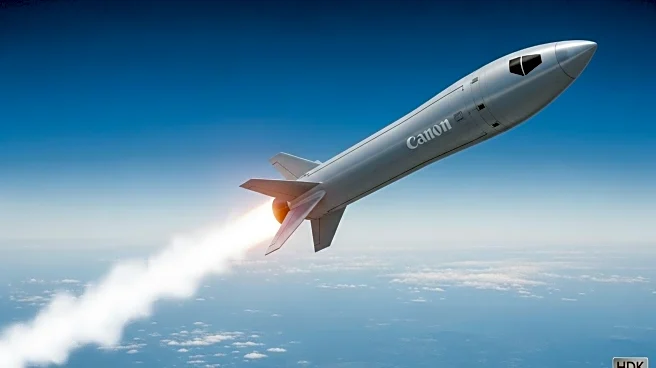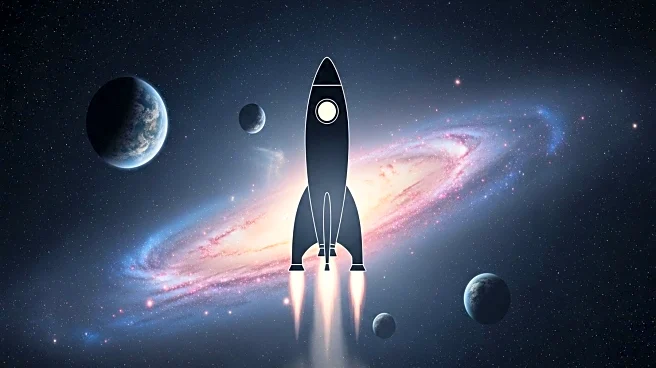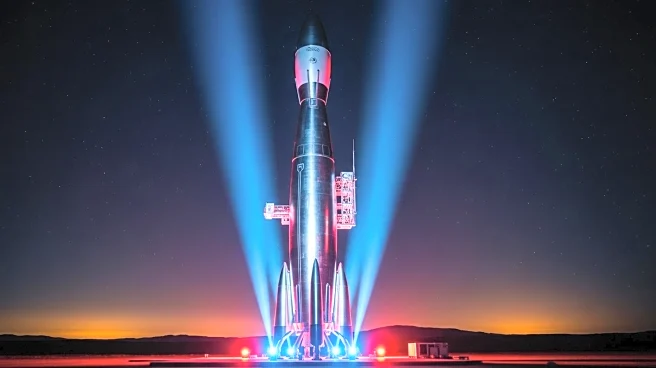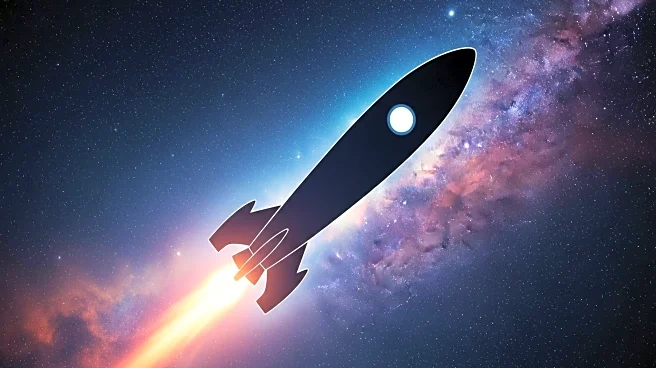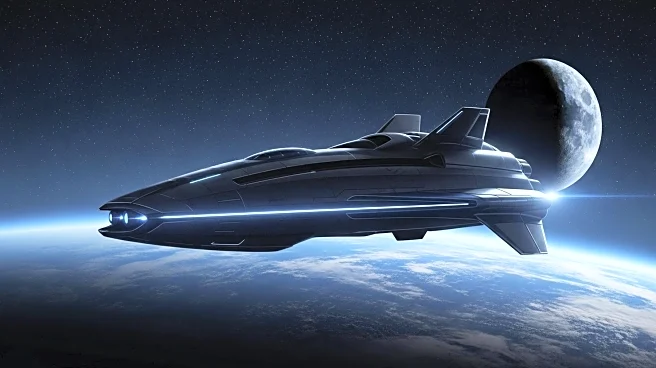What's Happening?
SpaceX's Starship rocket successfully completed its 11th test flight, marking the end of the second-generation Starship vehicle. The flight achieved reentry and splashdown, providing critical data after a series of earlier developmental challenges. This test flight signifies the transition towards an upgraded Version 3 (V3) Starship, which is expected to feature larger propellant tanks, enhanced Raptor engines, and increased payload capacity. The V3 Starship is crucial for enabling orbital missions, rapid reuse, and in-orbit propellant transfer demonstrations, capabilities vital for NASA's Human Landing System for lunar missions. SpaceX is expanding its manufacturing and launch infrastructure to support mass production and increase Starship's launch cadence.
Why It's Important?
The successful completion of the 11th test flight is a significant milestone for SpaceX, as it transitions to the next phase of Starship development. The upgraded V3 Starship is expected to play a crucial role in future space missions, including NASA's lunar landing plans. The advancements in Starship technology could revolutionize space travel by enabling rapid reuse and reducing costs. This development is vital for SpaceX's goal of carrying humans to Mars and supporting NASA's Artemis missions. The increased payload capacity and improved engine design of the V3 Starship could enhance the efficiency and scope of future space missions.
What's Next?
SpaceX plans to debut the Version 3 Starship later this year or early 2026. The company is preparing for testing and assembling multiple V3 Starships. SpaceX is also developing new launch pads and facilities to accommodate the larger, more powerful rocket. The V3 Starship is expected to demonstrate capabilities such as orbital refilling and rapid reuse, which are essential for operational missions to the Moon and Mars. SpaceX aims to ramp up Starship's launch cadence and prove the capability of the V3 Starship in testing before facilitating NASA's planned lunar landing mission.
Beyond the Headlines
The transition to the V3 Starship represents a significant technological advancement in space exploration. The ability to rapidly reuse the Starship could drastically reduce the cost of space travel and open new possibilities for commercial and scientific missions. The development of orbital refilling technology is crucial for deep space missions, as it allows spacecraft to refuel in orbit, extending their range and capabilities. SpaceX's efforts to mass-produce Starships could lead to increased accessibility to space and foster innovation in the aerospace industry.
